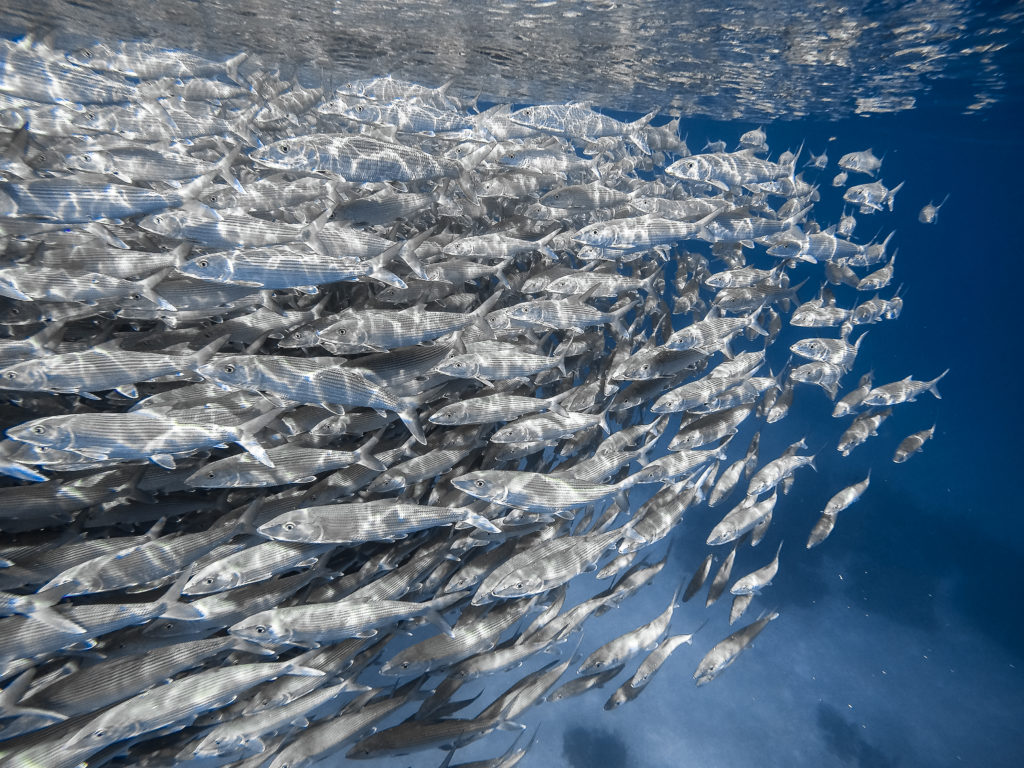Photo: Cameron Luck
This series of blog posts will summarize five exciting discoveries about bonefish biology made by Bonefish & Tarpon Trust and our collaborators over the past 20 years. And be sure to tune in to BTT’s Facebook feed this Friday, April 10, at 12 pm EST. Dr. Ross Boucek, BTT Florida Keys Initiative Manager, and Justin Lewis, BTT Bahamas Initiative Manager, will be discussing BTT’s bonefish discoveries LIVE and answering your questions!
BTT’s approach to conserve bonefish involves learning where all of the habitats bonefish use throughout their lives are, including where they spawn, where the juveniles are, and how much flats habitat the fish need, so we can protect those areas, and make sure the fish are safe. Click HERE to read Part 1 in the series.
#2 Bonefish in the Caribbean are basically one big estranged family
When bonefish spawn in ocean currents like the Gulf Stream, their larvae can stay alive for up to 70 days. And over 70 days, a bonefish larvae can drift from island nations, like Cuba, to the Florida Keys, or from the Bahamas to Cuba. With the help of anglers and guides from across the Caribbean, we collected DNA samples from thousands of bonefish and ran a genetic analysis to determine how related our different populations are across the Caribbean. In the Keys for instance, we found that a substantial percentage of our Keys bonefish were actually born in neighboring countries, like Mexico, Belize and Cuba. This connectivity means that protecting any single bonefish population necessitates protecting those spawning fish that provide us with larvae.
Click HERE to read more about bonefish connectivity. And be sure to check out this video too!




